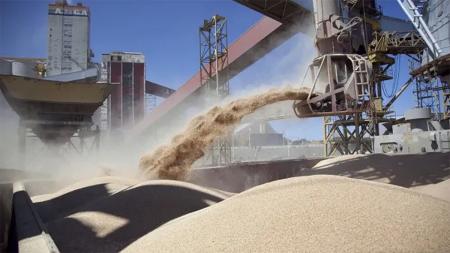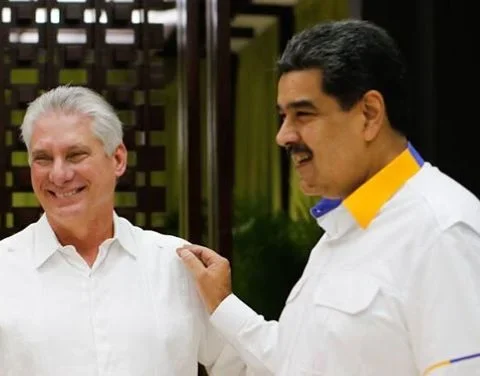The first week of validity of the new edition of the Export Increase Program (PIE) It concluded with the commercialization of more than 1.7 million tons of soybeans, and the purchase of foreign currency from the Central Bank (BCRA) for US$ 457 million in its purpose to increase the reserves.
In this way, the first five days of the second implementation of the so-called “soybean dollar” concluded, which establishes a differential exchange rate of $230 per dollar for the soybean complex until December 31, in which until last Friday at 7:00 p.m. the sale of 1,724,056 tons had been registered.
That is why the price of a ton of soybeans moved during the week in a range that went from $82,000 to $85,000 a ton in the local marketwhich boosted the volume of business in the stock markets and ports.
On this occasion, the volume sold by the producers was markedly above the daily sales of the weeks prior to the validity of the PIE, whose average ranged between 60,000 and 70,000 tons, but below the results obtained in the first week of the “soybean dollar” of September.
In fact, the Rosario Stock Exchange (BCR) made a comparison between the first four days of both periods, in which during the September program the commercialization reached 3.16 million tons, while between the last three days of November and the first of December the volume was 1.57 million tons.
However, this decrease was to be expected, since during the September edition, which established an exchange rate of $200 per dollar, the volume of soybeans in the hands of producers exceeded 20 million tons and currently the retention is around 11 million tons.
During the Export Increase Program II, according to what was registered in SIO Granos, between November 28 and December 2, 1,780,925 final tons of soybeans were operated. pic.twitter.com/AyjD3lt4Ar
— BCR Mercados (@BCRmercados) December 3, 2022
In addition, the plan also is less ambitious in terms of what the Government expects the export sector to liquidatesince on this occasion the agreement with the Chamber of the Oil Industry and the Center of Grain Exporters (Ciara-CEC) was located at US$ 3,000 million, while the previous one was US$ 5,000 million.
The truth is that of those US$ 3,000 million agreed at least between the Ministry of Economy and the business chamber, the sector has already entered US$ 956 millionaccording to the analyst of PR Corredores de Cambio, Gustavo Quintana.
Of this total, the BCRA obtained US$ 457 million, with daily purchases that varied during the week: on Monday the monetary authority bought US$192 million, on Tuesday it acquired US$122 million, on Wednesday it captured US$24 million, on Thursday US$6 million and on Friday US$113 millions.
The new PIE occurs in a context where, although the liquidation of foreign currency by the export sector of grains and derivatives reached a historical record of US$ 36,713.5 million in the accumulated year, during October and November, The months that followed the first edition of the “soybean dollar” were scarce in terms of the income of dollars.
In fact, during the past month, Ciara-CEC reported that companies in the sector liquidated US$ 1,697 million, 17% less than the same month of the previous year but 14% higher than last October, when US$ 1,217.3 million entered.
In the December 2021 edition, soybean sales reached 14 million tons and foreign exchange settlement reached US$ 8,125 million, an unprecedented amount in the history of the sector and that helped consolidate the accumulated record between January and November of this year.
However, and beyond the fact that the participation of the producers was massive in the PIE of September and that today it is also maintained in a good number, the program is criticized by rural entities, which see the measure as a “patch” and not a fundamental solution, but also, it set off the alarms in the livestock chains due to the risk of an increase in the cost of supplies for the activities, especially in soy-based animal feed.

Due to this, the Secretary of Agriculture, Livestock and Fisheries, Juan José Bahillo, maintained that “With the Exporter Increase Program 2 we assume the commitment to protect those who depend on soy by-products.”
Therefore, the measure taken “considers protecting and compensating producers in the food chains that use inputs derived from soybeans, through compensation to the excluders and balanced meals to guarantee the normal supply at values prior to November 28″.
In this sense, Bahillo explained that “although the proposal was well received, We continue working to improve it in the face of some requirements and requested changes”for which it instructed the formation of a table made up of soybean chains and officials of the Undersecretary of Agriculture to take measures to avoid shortages or unjustified price increases of oilseed by-products.


















